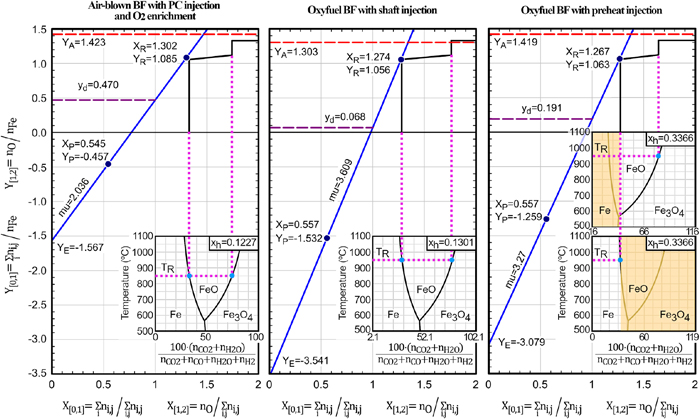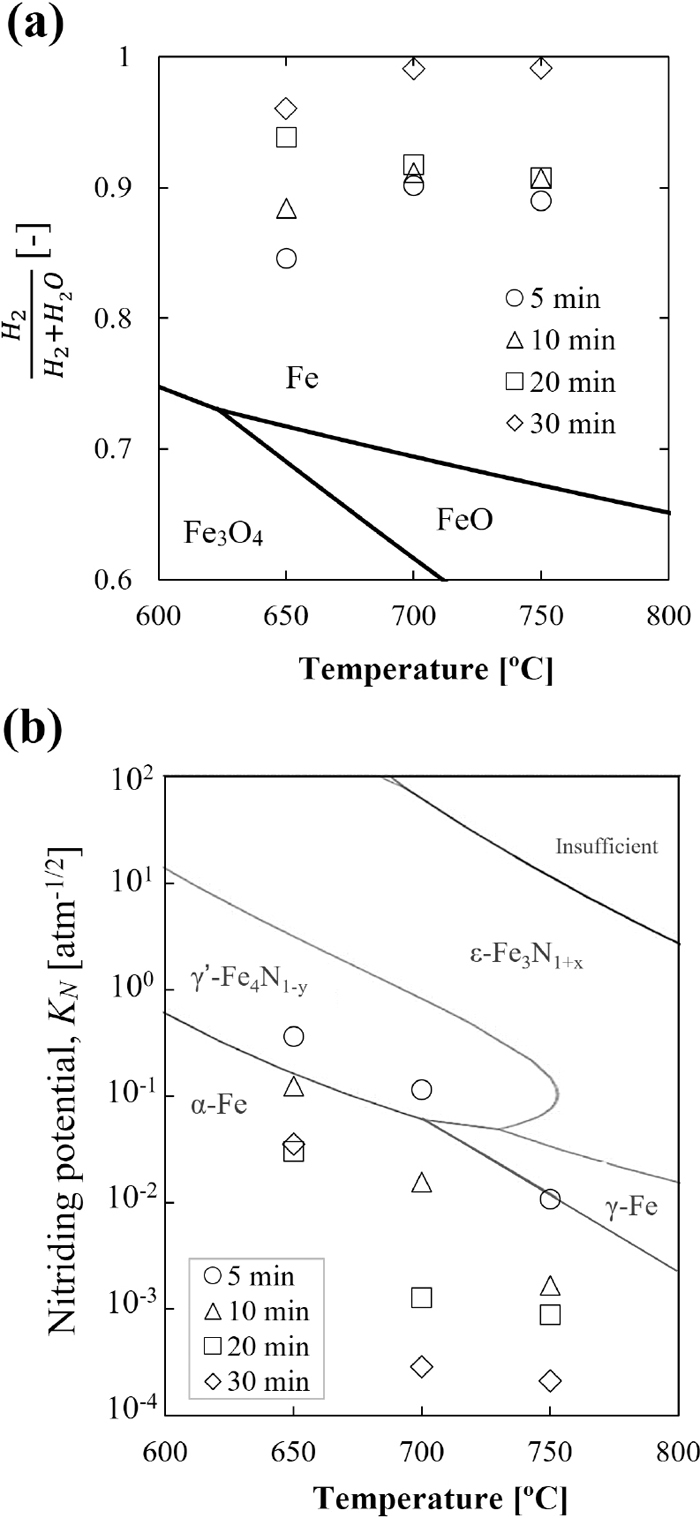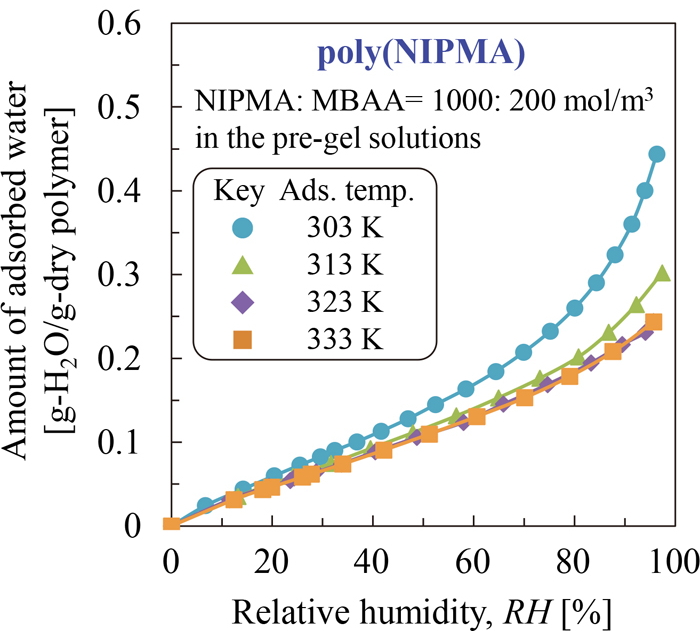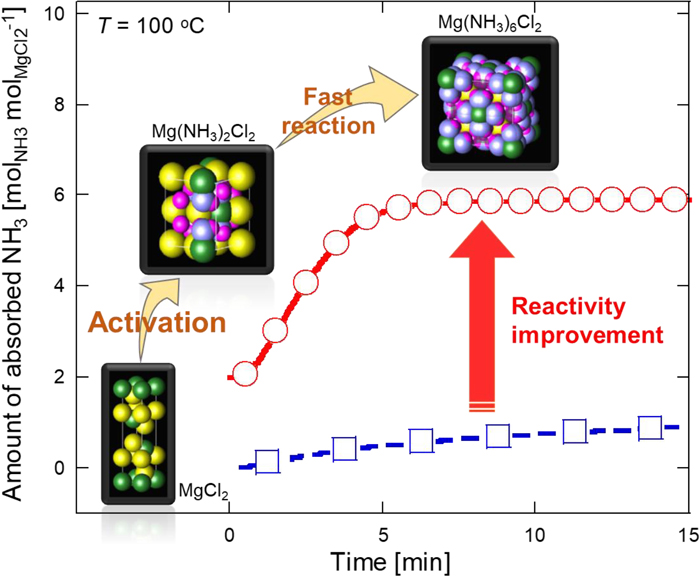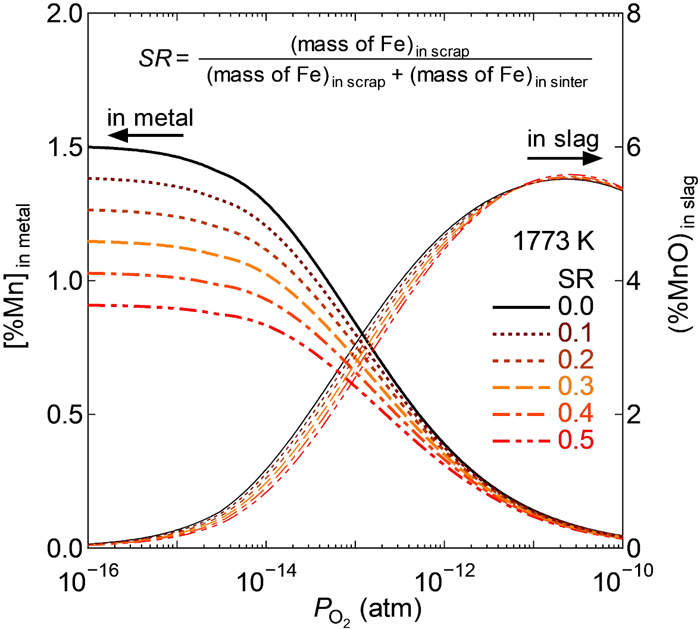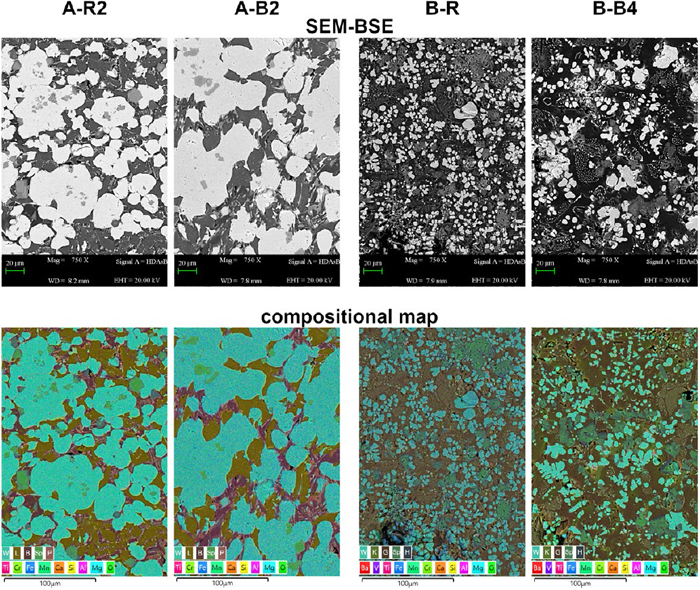62 巻, 12 号
Special Issue on "Advanced Carbon Utilization Technologies and Processes for Sustainably Prosperous Society"
選択された号の論文の28件中1~28を表示しています
- |<
- <
- 1
- >
- >|
Publication Data
-
2022 年 62 巻 12 号 p. Cover-
発行日: 2022/12/15
公開日: 2022/12/15
PDF形式でダウンロード (407K) -
2022 年 62 巻 12 号 p. Editorial-
発行日: 2022/12/15
公開日: 2022/12/15
PDF形式でダウンロード (669K) -
2022 年 62 巻 12 号 p. Contents-
発行日: 2022/12/15
公開日: 2022/12/15
PDF形式でダウンロード (208K)
Special Issue on "Advanced Carbon Utilization Technologies and Processes for Sustainably Prosperous Society"
Preface
-
原稿種別: Preface
2022 年 62 巻 12 号 p. 2423
発行日: 2022/12/15
公開日: 2022/12/15
PDF形式でダウンロード (205K) HTML形式で全画面表示
Regular Article
-
原稿種別: Regular Article
2022 年 62 巻 12 号 p. 2424-2432
発行日: 2022/12/15
公開日: 2022/12/15
PDF形式でダウンロード (2940K) HTML形式で全画面表示 -
原稿種別: Regular Article
2022 年 62 巻 12 号 p. 2433-2441
発行日: 2022/12/15
公開日: 2022/12/15
PDF形式でダウンロード (1528K) HTML形式で全画面表示 -
原稿種別: Regular Article
2022 年 62 巻 12 号 p. 2442-2445
発行日: 2022/12/15
公開日: 2022/12/15
PDF形式でダウンロード (397K) HTML形式で全画面表示 -
原稿種別: Regular Article
2022 年 62 巻 12 号 p. 2446-2453
発行日: 2022/12/15
公開日: 2022/12/15
PDF形式でダウンロード (1429K) HTML形式で全画面表示 -
原稿種別: Regular Article
2022 年 62 巻 12 号 p. 2454-2465
発行日: 2022/12/15
公開日: 2022/12/15
[早期公開] 公開日: 2022/08/18PDF形式でダウンロード (1293K) HTML形式で全画面表示 -
原稿種別: Regular Article
2022 年 62 巻 12 号 p. 2466-2475
発行日: 2022/12/15
公開日: 2022/12/15
[早期公開] 公開日: 2021/04/16PDF形式でダウンロード (825K) HTML形式で全画面表示 -
原稿種別: Regular Article
2022 年 62 巻 12 号 p. 2476-2482
発行日: 2022/12/15
公開日: 2022/12/15
[早期公開] 公開日: 2022/08/24PDF形式でダウンロード (733K) HTML形式で全画面表示 -
原稿種別: Regular Article
2022 年 62 巻 12 号 p. 2483-2490
発行日: 2022/12/15
公開日: 2022/12/15
[早期公開] 公開日: 2022/08/27PDF形式でダウンロード (1239K) HTML形式で全画面表示 -
原稿種別: Regular Article
2022 年 62 巻 12 号 p. 2491-2499
発行日: 2022/12/15
公開日: 2022/12/15
[早期公開] 公開日: 2022/05/20PDF形式でダウンロード (1869K) HTML形式で全画面表示 -
原稿種別: Regular Article
2022 年 62 巻 12 号 p. 2500-2510
発行日: 2022/12/15
公開日: 2022/12/15
PDF形式でダウンロード (2060K) HTML形式で全画面表示 -
原稿種別: Regular Article
2022 年 62 巻 12 号 p. 2511-2515
発行日: 2022/12/15
公開日: 2022/12/15
[早期公開] 公開日: 2022/08/23PDF形式でダウンロード (472K) HTML形式で全画面表示 -
原稿種別: Regular Article
2022 年 62 巻 12 号 p. 2516-2521
発行日: 2022/12/15
公開日: 2022/12/15
PDF形式でダウンロード (698K) HTML形式で全画面表示 -
原稿種別: Regular Article
2022 年 62 巻 12 号 p. 2522-2528
発行日: 2022/12/15
公開日: 2022/12/15
[早期公開] 公開日: 2020/08/27PDF形式でダウンロード (1013K) HTML形式で全画面表示 -
原稿種別: Regular Article
2022 年 62 巻 12 号 p. 2529-2535
発行日: 2022/12/15
公開日: 2022/12/15
PDF形式でダウンロード (1312K) HTML形式で全画面表示 -
原稿種別: Regular Article
2022 年 62 巻 12 号 p. 2536-2541
発行日: 2022/12/15
公開日: 2022/12/15
PDF形式でダウンロード (763K) HTML形式で全画面表示 -
原稿種別: Regular Article
2022 年 62 巻 12 号 p. 2542-2550
発行日: 2022/12/15
公開日: 2022/12/15
PDF形式でダウンロード (1834K) HTML形式で全画面表示 -
原稿種別: Regular Article
2022 年 62 巻 12 号 p. 2551-2558
発行日: 2022/12/15
公開日: 2022/12/15
[早期公開] 公開日: 2022/10/24PDF形式でダウンロード (1273K) HTML形式で全画面表示 -
原稿種別: Regular Article
2022 年 62 巻 12 号 p. 2559-2566
発行日: 2022/12/15
公開日: 2022/12/15
PDF形式でダウンロード (934K) HTML形式で全画面表示 -
原稿種別: Regular Article
2022 年 62 巻 12 号 p. 2567-2572
発行日: 2022/12/15
公開日: 2022/12/15
PDF形式でダウンロード (942K) HTML形式で全画面表示 -
原稿種別: Regular Article
2022 年 62 巻 12 号 p. 2573-2577
発行日: 2022/12/15
公開日: 2022/12/15
PDF形式でダウンロード (764K) HTML形式で全画面表示 -
原稿種別: Regular Article
2022 年 62 巻 12 号 p. 2578-2586
発行日: 2022/12/15
公開日: 2022/12/15
PDF形式でダウンロード (1104K) HTML形式で全画面表示 -
原稿種別: Regular Article
2022 年 62 巻 12 号 p. 2587-2598
発行日: 2022/12/15
公開日: 2022/12/15
PDF形式でダウンロード (1934K) HTML形式で全画面表示 -
原稿種別: Regular Article
2022 年 62 巻 12 号 p. 2599-2609
発行日: 2022/12/15
公開日: 2022/12/15
[早期公開] 公開日: 2022/08/31PDF形式でダウンロード (1305K) HTML形式で全画面表示 -
原稿種別: Regular Article
2022 年 62 巻 12 号 p. 2610-2621
発行日: 2022/12/15
公開日: 2022/12/15
PDF形式でダウンロード (1696K) HTML形式で全画面表示
- |<
- <
- 1
- >
- >|





